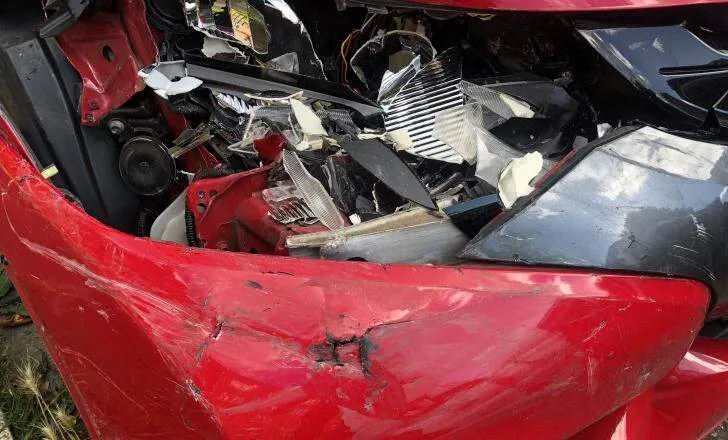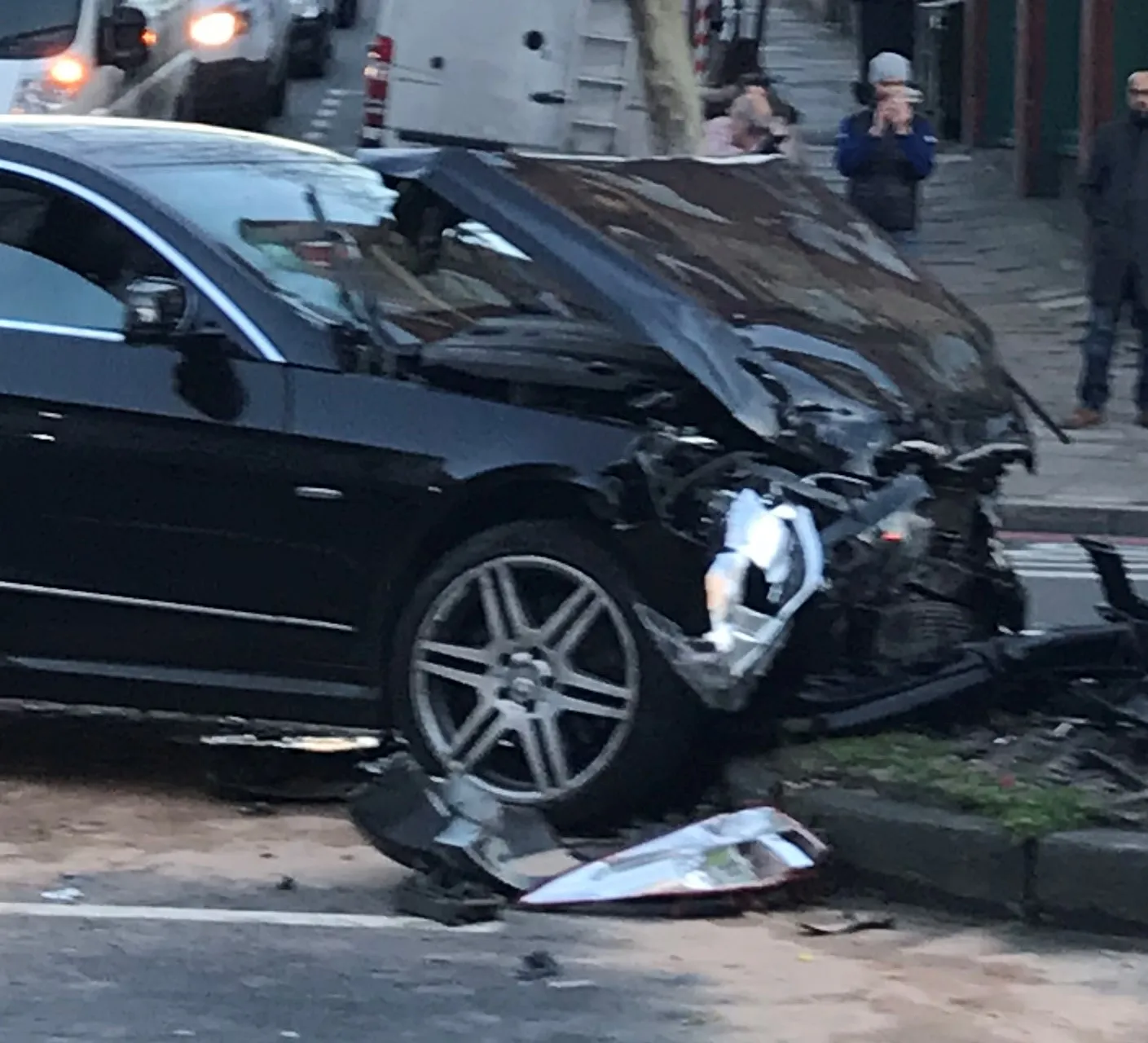
Official data highlights the dangers of distracted driving and lack of seatbelt use in the US and these problems may be worsening. There were 3,522 people killed in crashes on US roads in 2021, and increase from the 3,142 road deaths caused by distracted driving in the US in 2020. The data comes from the National Highway Traffic Safety Administration (NHTSA).
Not using seatbelts is another key safety issue in the US. NHTSA data shows that in 2021, 11,813 passenger vehicle occupants killed in crashes were not wearing seat belts. One of the highest percentages of unbelted road fatalities for all age groups is for young adults aged 18-34, with 59% of those killed not wearing a seatbelt at the time of impact.
The NHTSA’s Occupant Protection Traffic Safety report shows that pickup truck drivers and passengers have had the highest percentage of unrestrained fatalities across all vehicle types for nearly 20 years. In 2021, 60% of pickup truck drivers and 64% of pickup truck passengers killed in crashes were not wearing seat belts.
However, the number of passenger vehicle occupants killed in crashes from 2018 to 2021 has increased every year. In 2018, there were 9,545 unrestrained fatalities. In 2021, 11,813 passenger vehicle occupants who died in a crash (45%) were not wearing a seat belt.
Data shows that over the years, a greater percentage of unrestrained fatalities occur at night than during the day. In 2021, 57% of people who died in night-time crashes were unrestrained, compared to 43% who died during the day.
Meanwhile, road safety improvements effectively stalled in the US in 2022 at around 31,800 deaths from road crashes for the year. Data from the National Highway Traffic Safety Administration (NHTSA) shows that road crashes in the US came with a financial cost of US$340 billion in 2019.
There were 3,434 pedestrians killed on US roads in the first six months of 2022, an increase of 5% from the same period in 2021. Of concern is the fact that the figures for pedestrian deaths in 2021 were already showing a record high over the previous 40 years.







